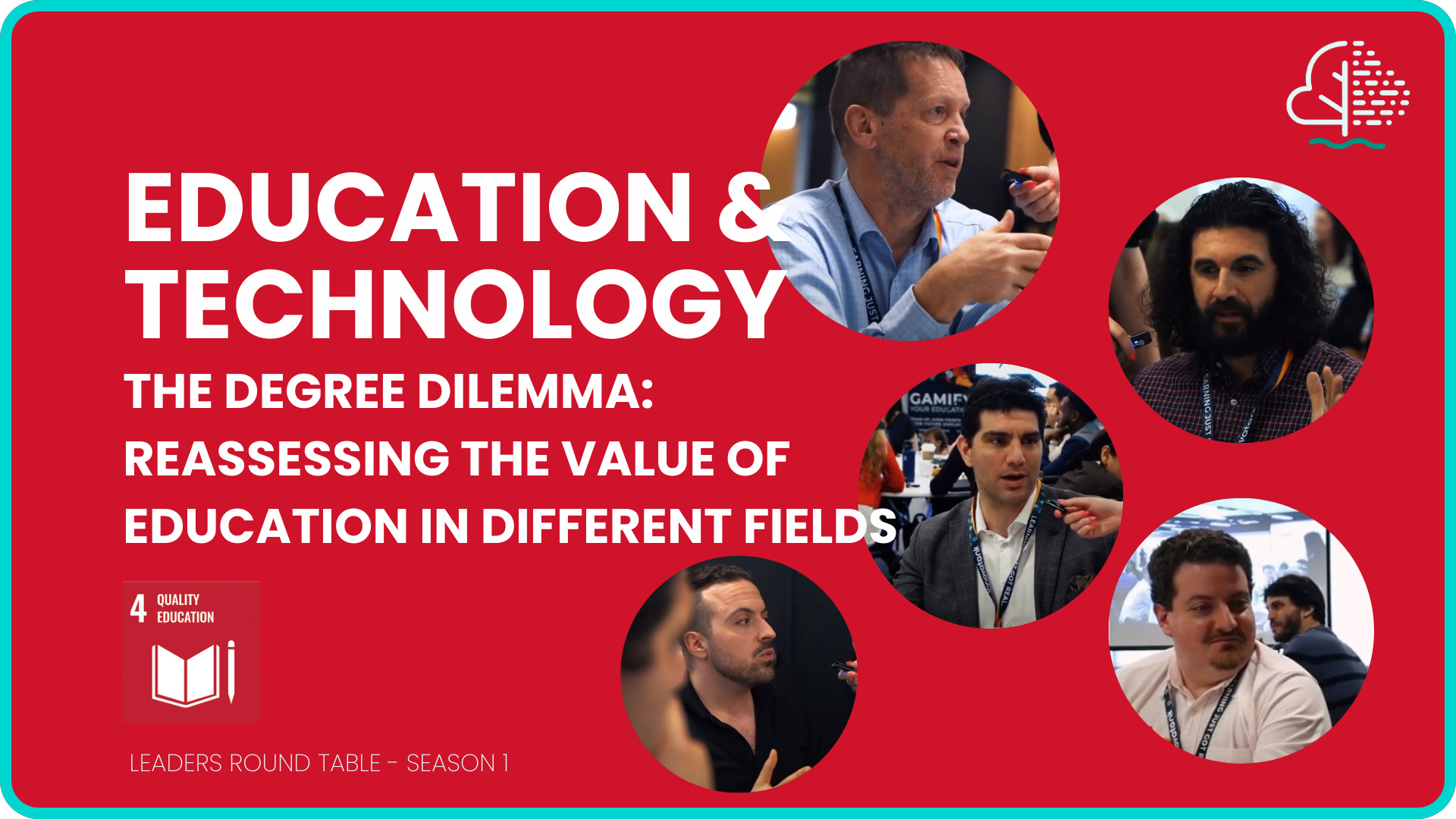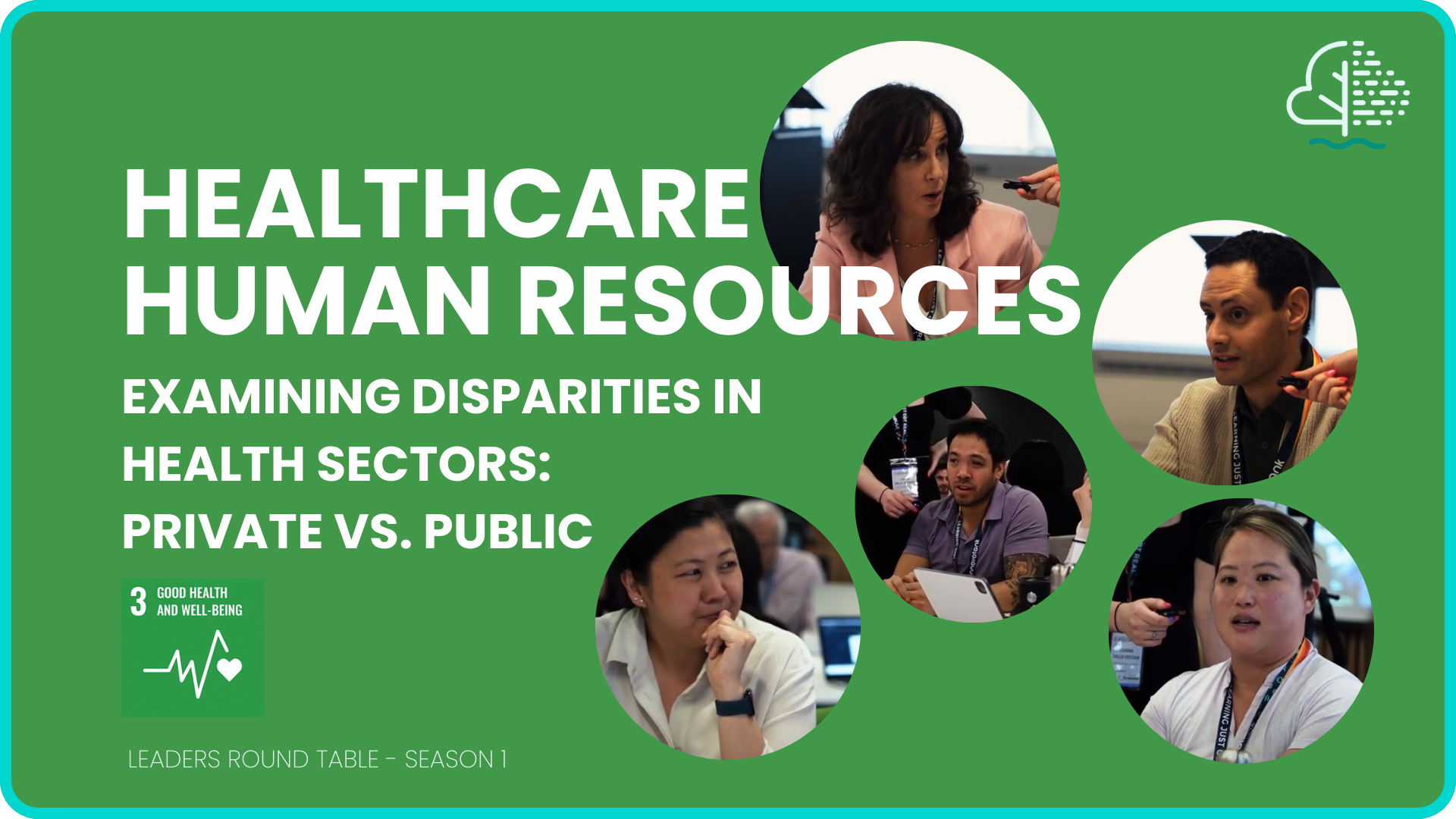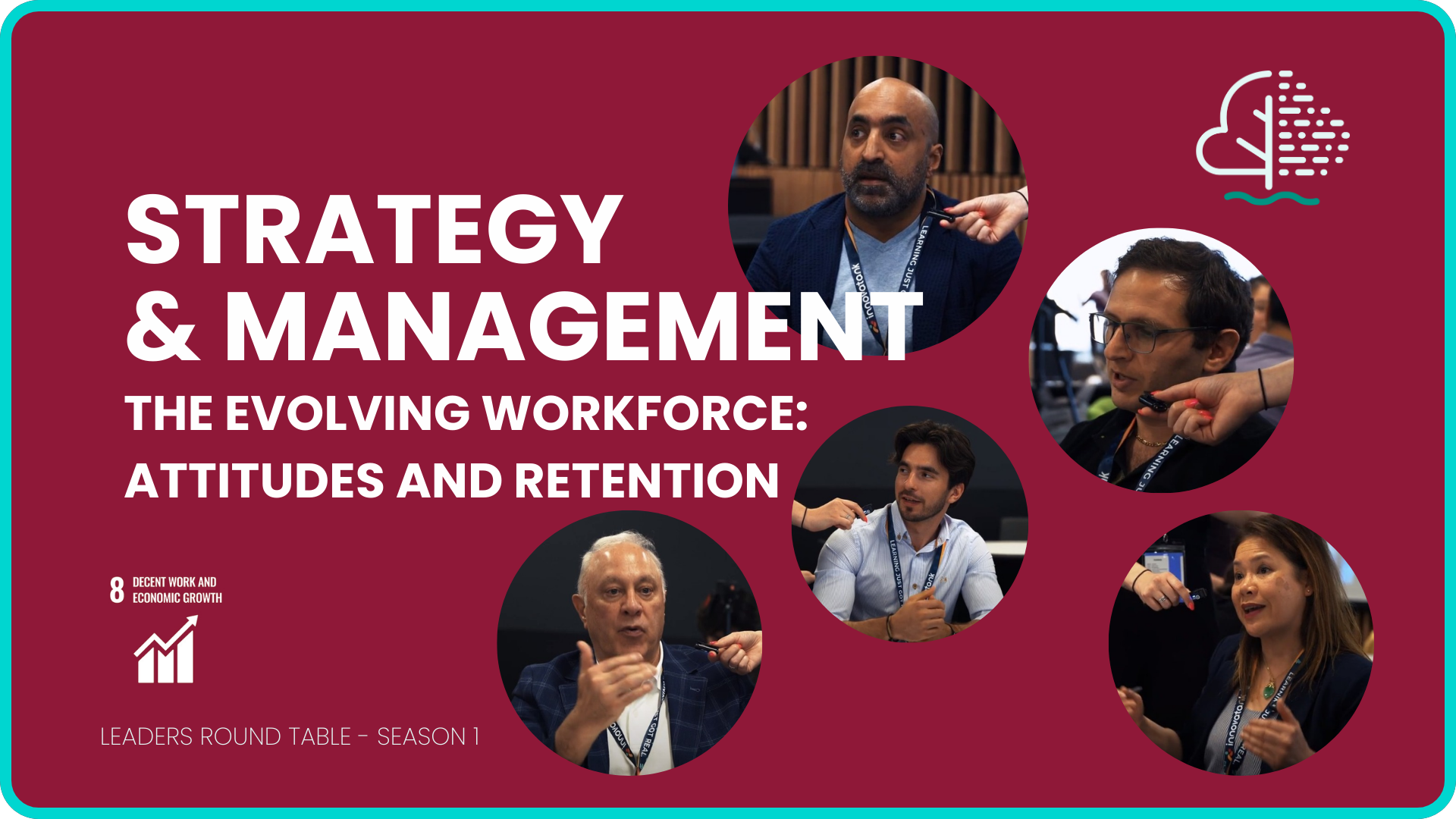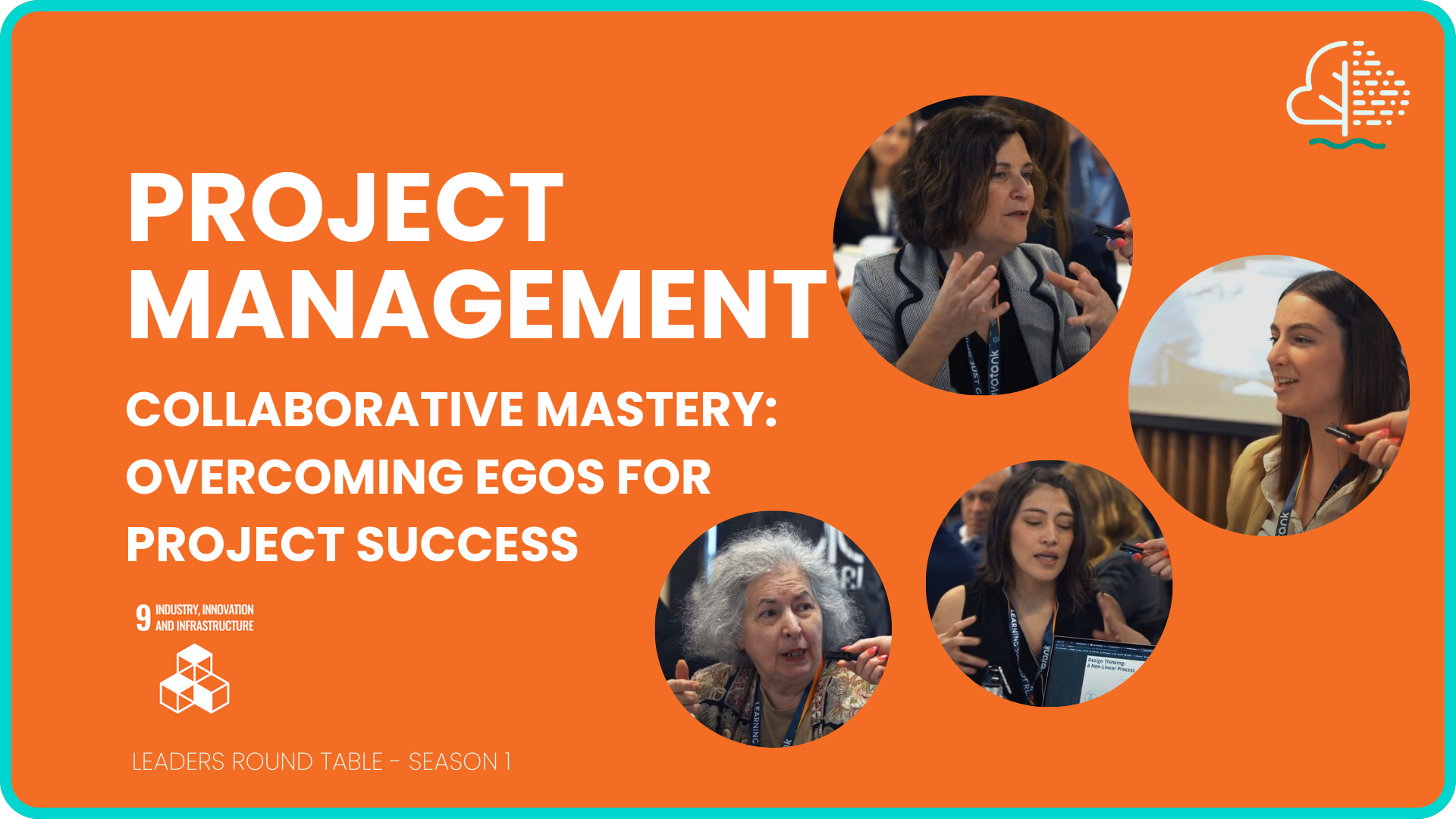Education and Technology
The Degree Dilemma: Reassessing the Value of Education in Different Fields
World XP Open Season 1
Summary
The discussion touches on challenges within the public healthcare system and the potential risks of leaning heavily into private healthcare. The public system bears significant risks, such as high-cost treatments. There’s concern that the private sector drains resources from the public sector, which assumes more significant risks. The emphasis is on the need to keep solutions within the public system, possibly integrating more professionals. However, issues like insufficient training spaces for doctors and limited job opportunities for trained professionals persist. For instance, in Quebec, while healthcare spending is low relative to GDP, healthcare professionals like doctors are well-compensated. Addressing these challenges requires political courage and strategic investments to cater to the professionals’ needs and ensure they can work effectively within their regions without disrupting their personal lives.
About the Leaders
- Charles Ayas, Commercial Credit Officer at National Bank
- Salvatore Costanzo, Pedagogical and Technology Expert
- Jasmine Saluja, McGill -Desautels Student in Information Systems
- Cameron Welsh, International Case Coach at University of Calgary
- Javad Nasserifar, ServiceNow Functional Analyst at Desjardins
- Tina Athanasoulias, Conseillère-cadre en soins infirmiers – Hôpitaux Shriners
- Charles- Albert Ramsay, Professor in Economics at Dawson College
- Marc Marrazza, President at Marrazza Solutions
- Matthew Marrazza, IT Director at Wincup
Action Plan: Implementing Student Commitment Post-Education
Objective: Ensure return on investment in students’ education while considering their liberty and fairness across all degrees.
1. Understand the Problem:
– Identify the degrees that offer societal value but face a high risk of post-education migration.
– Address employers’ concerns about investing in students who might leave after receiving training or education at discounted rates.
2. Bonding System Proposal:
– Implement a binding system where students commit to working within a certain region or sector for a predefined number of years.
– Allow students the option to buy themselves out, ensuring that the party that subsidized the education doesn’t lose out.
3. Address Liberty Concerns:
– Educate students and the public on the rationale behind the bonding system.
– Offer flexibility where possible, like allowing students to choose from a range of placements or institutions where they can serve.
**4. Fairness Across Degrees**:
– Examine tuition pricing based on market demand and societal need.
– Consider differential pricing for degrees, similar to what’s being done in Alberta, based on the perceived societal value and job market demand.
5. Incentive Programs:
– For critical professions like nursing or teaching, introduce incentives for those willing to work in underserved or rural areas.
– Offer competitive salaries, benefits, and professional growth opportunities to retain professionals.
6. Address Remote Work Dynamics:
– Recognize the growing trend of remote work and its implications on the commitment system.
– Propose remote work schemes, especially for professions where physical presence isn’t mandatory, allowing flexibility while ensuring commitment.
7. Long-term Sustainability:
– Regularly review and adjust the commitment periods and terms based on changing dynamics.
– Introduce mentorship programs to ensure new professionals have support during their bonding period, making them more inclined to stay even after their commitment ends.
8. Feedback Loop:
– Create platforms for students, professionals, and employers to provide feedback on the bonding system.
– Regularly iterate on the program based on feedback to ensure it remains beneficial and fair.
9. Promote Value:
– Run awareness campaigns emphasizing the value and importance of degrees in sectors like nursing, teaching, etc.
– Highlight success stories and benefits of the bonding system to inspire more students to participate willingly.
10. Evaluate & Review:
– Set clear milestones and review the effectiveness of the program regularly.
– Adjust strategies based on the outcomes and unforeseen challenges that may arise.
Key Takeaway: Implementing a student commitment post-education should balance the interests of the investors (government, taxpayers, employers) and the students. It should ensure return on investment without stifling the students’ liberty or creating unfair practices across different degrees.




